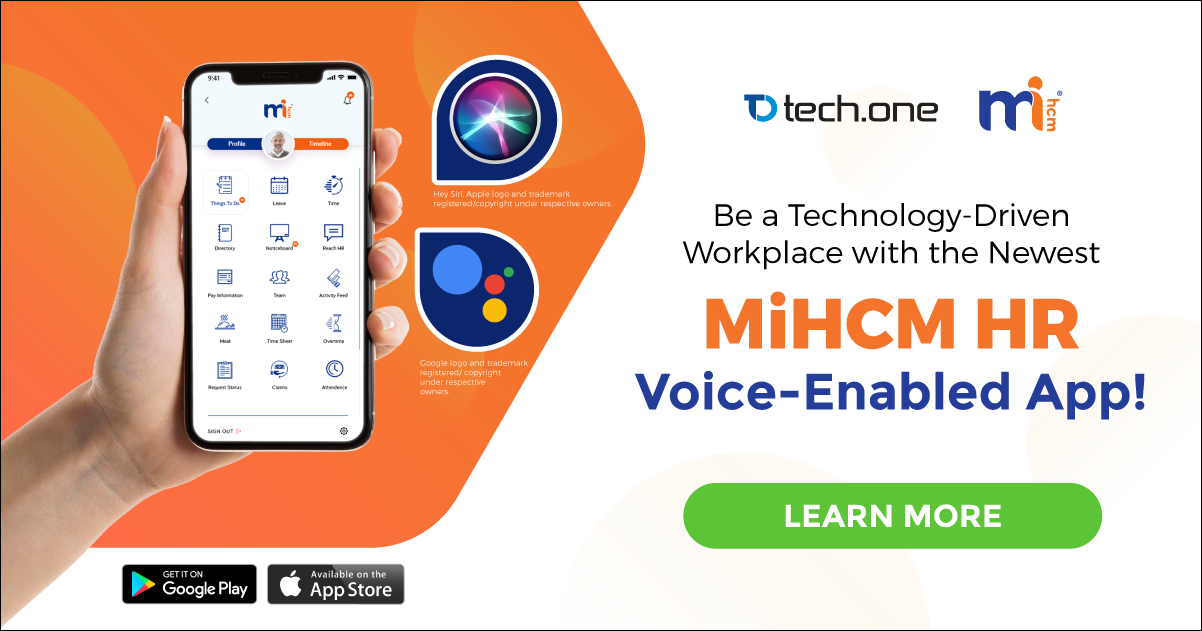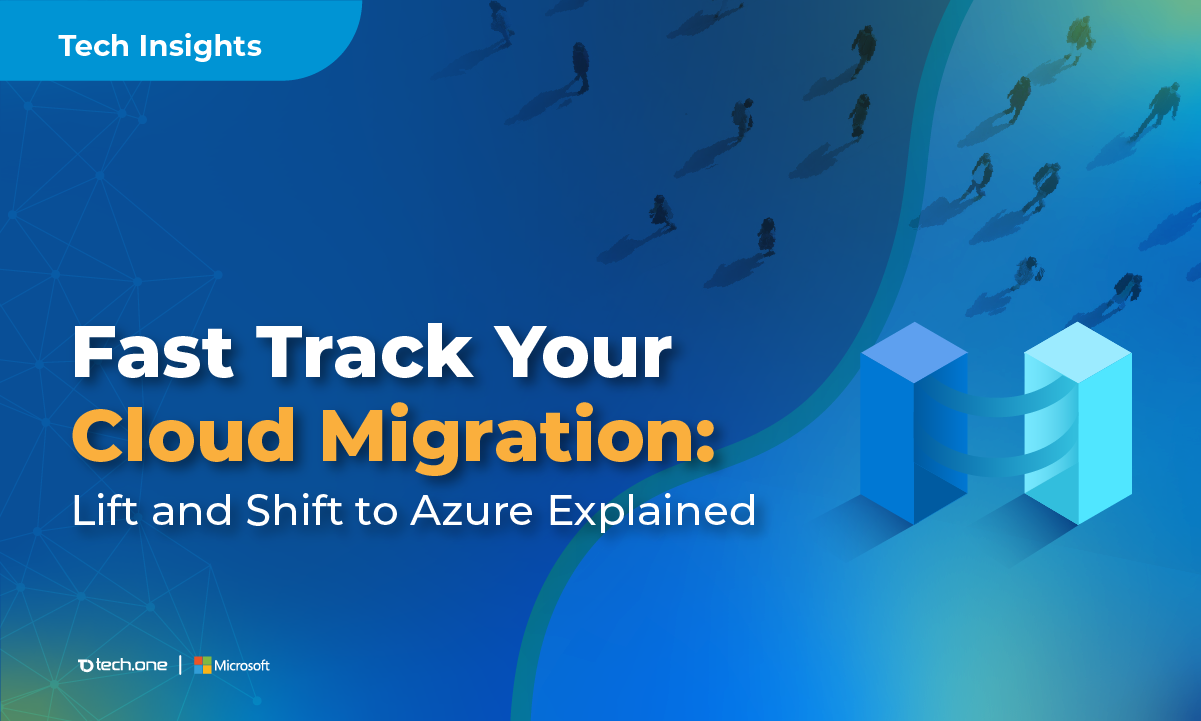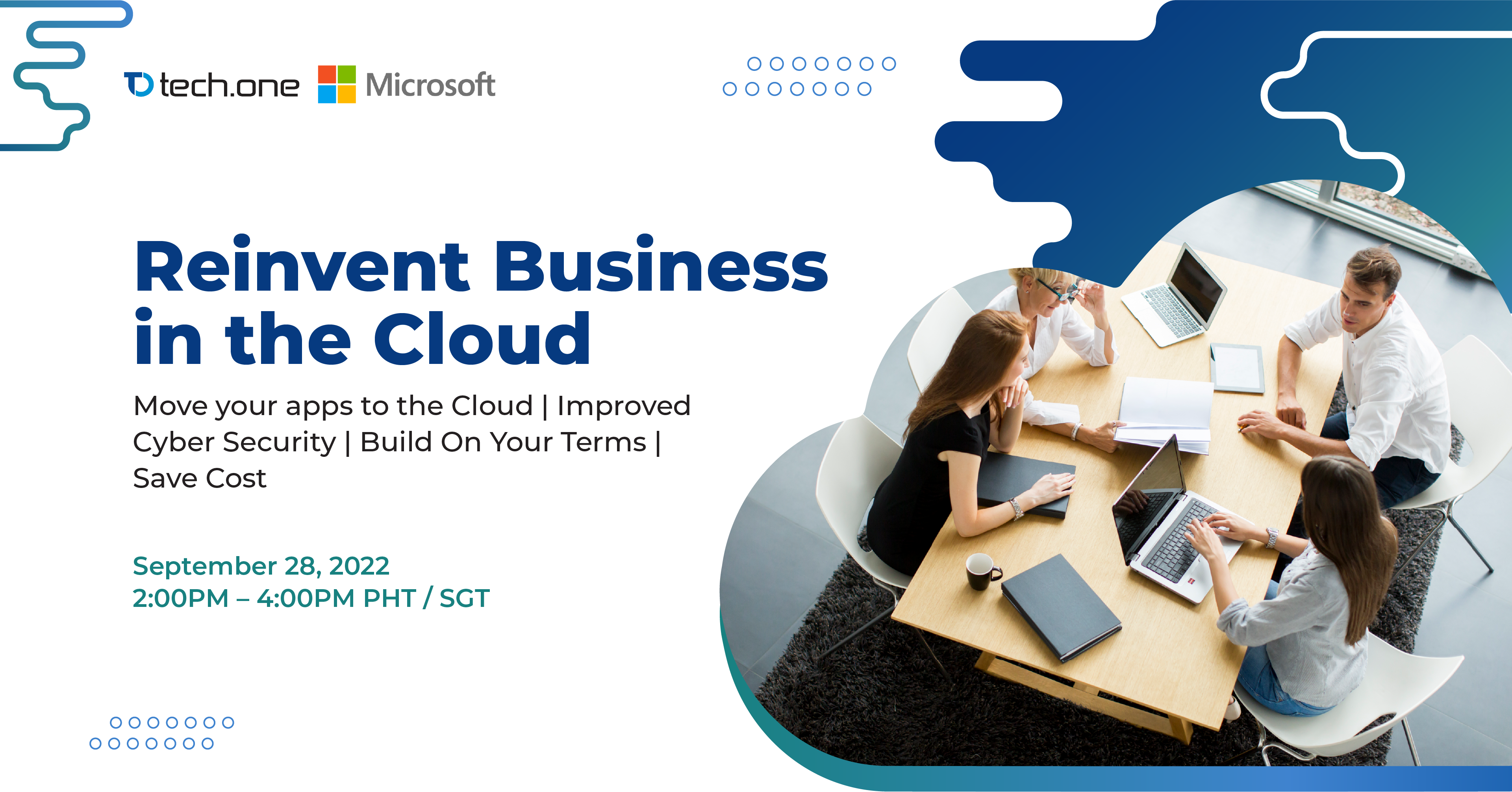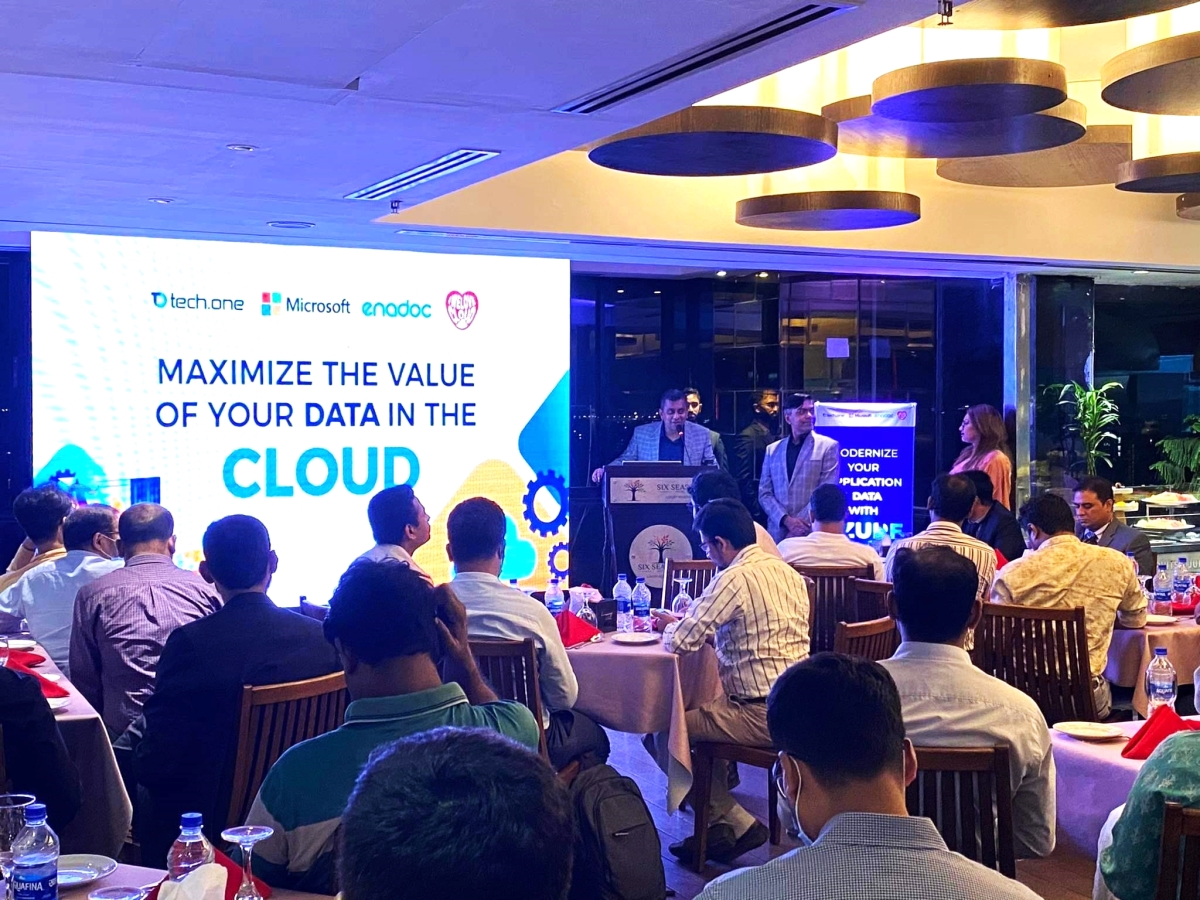
End of support for Windows and SQL Server 2008/R2 will happen, regardless of the course of action you will take. Even Microsoft itself is aware that the upcoming EOS is something inevitable, not just for these server versions but also for their other product lines.
Inevitable as well is the evolution of applications, databases, and even cyber attacks. Along with this evolution is the need for more updated, secure, and sophisticated technologies for modern organizations to handle these entities. If not, workload/database-server bottleneck happens, security compliance is at risk, data vulnerability is assured.
As a compromise for those who are still torn in upgrading their servers, Microsoft provided ways to beat the upcoming EOS, but the Azure Cloud Migration path for your SQL and Windows Server 2008 workloads is still the best way to counter it. Here’s why:
It comes with extended security updates
Upgrading the on-premise versions of Windows and SQL Server 2008/R2 also presents this feature. It allows three more years of extended security updates to help keep you afloat during your transition to a newer version. Sounds good, yes? Not if it is paid and requires Software Assurance or Subscription licenses under an Enterprise Agreement enrollment.
Unlike updating the on-premise version, the Azure Cloud Migration path offers the extended security updates for three years for free. This would give you ample time to migrate tons of workloads or databases to the cloud while operating with your post-EOS server versions—still covered with updated security features, without spending even a cent.
It provides smooth cloud migration
Especially for SQL server 2008 and 2008 R2 deployments, there will be no application code change and future upgrades as it is a fully-managed database-as-a-service solution provided by Microsoft itself. This means that the Azure Migration option does away major overhaul processes, at the same time provides near to zero downtime as the migration proceeds.
In terms of compatibility and flexibility, Azure is a game changer. It works excellently for all workloads and applications, be them Microsoft-developed or not. So whether it’s a database or apps that were previously hosted or developed in Amazon Web Services (AWS) or Google Cloud, Azure can adapt to them flawlessly.
It complies to data-centric regulations
For modern businesses such as yours who are dealing with data daily, compliance with regulations is something that should have your utmost consideration. Among the choices provided by Microsoft to beat EOS, the Azure Cloud Migration path is the only option that makes compliance one of its strongest points.
Regulations for data protection boomed for quite a while now as data is now harnessed more than ever. The General Data Protection Regulation (GDPR) and other country-specific legislations such as the Data Privacy Act of 2012 (DPA) for the Philippines are just some of the religiously observed data-centric rules for compliance.
Putting premier to Azure as the best platform for migration, it passed several and relevant certifications to hit the metrics for compliant cloud technology, including the CSA STAR Certification. It’s a testament that it has undergone high-level and intensive third-party assessment for security posture using the combined criteria of certifications such as ISO 27001 and CSA Cloud Controls Matrix. It has been implemented across the Azure platform since 2017, a year before GDPR was implemented—proving that Azure has long been compliant even before stronger regulations took place.
It works smoothly with a hybrid setup
Let’s admit the fact that migrating everything to the cloud could be impossible at times, especially for workloads that require immediate attention such as workflows and databases for banking, finance, insurances, and the like. There’s also one reality that there are workloads that are better off cloud-based than be run on-premise.
As for this, Azure is the perfect pick for gaining the best of both worlds: harnessing the immediateness of an on-premise platform with the all-encompassing, seamless nature of the cloud. Latency and other connectivity issues are no longer a constraint as Azure combines cloud capabilities with on-premise infrastructure.
It cuts cost in the long run
Aside from the free and upfront extended security updates for three years, the Azure Migration option has other cost-saving features for beating the Windows and SQL Server EOS.
One is through your existing licenses. You get discounted rates for Azure Virtual Machines and Azure SQL database using your activated Azure Hybrid Benefit.
Windows and SQL Server EOS is just around the corner. It’s just another phase you need to go through to future-proof your infrastructures for your workloads and databases.
As you dive into this transition, only work with a certified Microsoft partner to make your Azure Cloud Migration a breeze. Let Tech One Global be your partner for this journey! Download our eBooks and ROI calculator as a headstart:
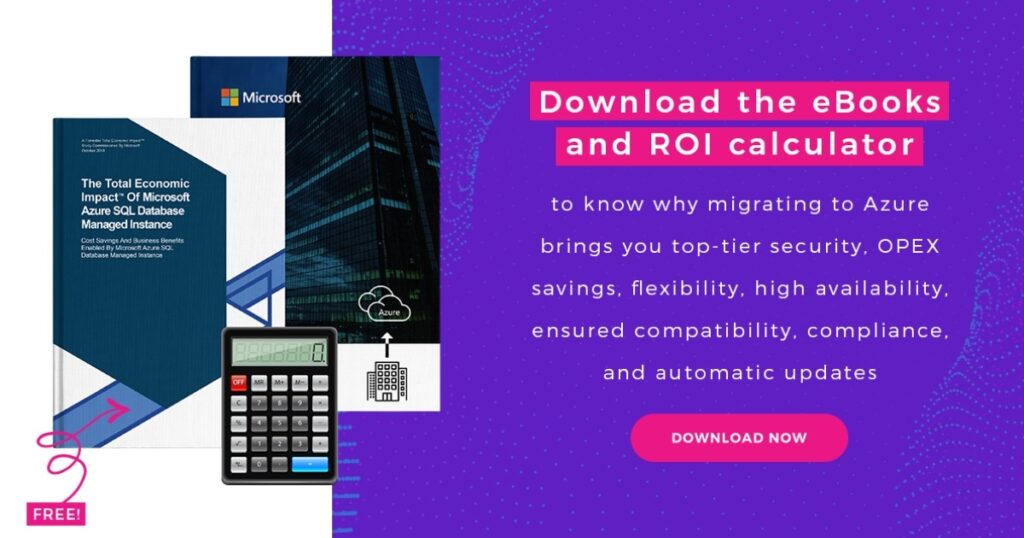
Sources:


